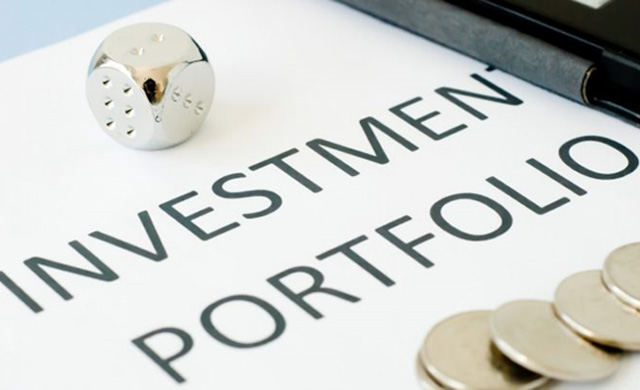J Smart (LSE:SMJ) is a candidate for my Net Current Asset Value portfolio. At its current share price of £1.12, with its 43.61m shares, it has a market capitalisation of £48.8m. But I estimate NCAV at £89.2m. It is consistently profitable and has a very low-risk balance sheet.
Most of its assets are in industrial property (e.g. modern warehouses and light industrial units on modern estates). The market value of these is £53.6m, pretty much all rented out. It also holds £16m of offices and has £23.6m of cash.
Its only liability of any significance is an overdraft of £11.9m. There is no pension deficit; indeed, there is a very reassuring surplus on the pension scheme.
And the key directors, members of the founding family, show remarkably good character by waiving their annual dividend, by taking only modest remuneration and by deciding that the company should repurchase around 2% of its shares each year.
(Earlier newsletters on J Smart: 1st – 7th March 2018)
The three businesses
The directors see the company as having two divisions. The first holds property which is then rented and sometimes traded, the second permanently employs over 100 tradesmen skilled in building houses, offices and industrial units for external organisations such as housing associations and councils.
To gain greater clarity I prefer to split the company into three by drawing out from the two divisions mentioned above the cash, shares and land not directly supporting either the property portfolio nor the construction business.
- Investment property holding division.
This owns property worth £69.5m. It is rented out (with a few voids) for an annual income of £5.8m. Also, J Smart levy service charges on their tenants of £0.6m.
After deducting the costs of running this property portfolio we have an annual income of about £3.7m.
2. Cash, land and shares division.
This has £23.6m of cash sitting in various bank accounts. If we deduct £11.9m overdraft (the only borrowings) then net cash is £11.7m.
But that is not the end of the story. It has so much liquid resource floating around that the directors have placed it elsewhere, £1.1m into shares on the LSE and £0.05m (much more in other years) into deposits requiring more than three month’s notice to release.
On top of this it has £1m invested in land held for development and £7.6m in work in progress (land and buildings).
All in all, there is a net (after paying off borrowings) liquid resources, fairly liquid anyway, in this division of more than £21m.
3. The busy-but-unprofitable Construction division.
A great grandfather started this business in 1947. As well as building homes, offices and industrial units it had, until very recently, a firm producing concrete slabs and builds houses for sale.
In some years this division is profitable, but in most it makes losses.
Its saving grace is that it uses very little of the company’s capital. It only has some property, plant and equipment (£1.3m), money in joint ventures (£0.07m), inventories (£0.1m) and receivables (£5.4m).
Much of this is financed by other organisations, so we can deduct deferred tax (£1.9m), payables (£3.6m) and corporation tax owed of (£0.1m) to leave net assets committed to these activities at £1.3m. And these numbers are for the July year-end. Since then it has started closing down the desperately unprofitable slab business.
Overview
So, in sum, there are £69.5m + £21.5m = £91m of assets producing various forms of income and capital gains, plus a busy-fools business that has not had a burst of profitability for a very long time.
Net current asset value
The company classifies its office holdings and industrial units as “non-current”. I regard this as unreasonable in the case of a company which invests in commercial property to receive a rental income and is always open to selling buildings if the price is right – they are tradable assets. So, in the table below I include all its “Properties classified as investments” when calculating NCAV. These are revalued each year.
I have followed Benjamin Graham’s automatic distrust of the receivables by deducting 20% as unlikely to be paid.
However, I have not reduced the inventories number because, in this case, the inventory is mostly recorded in the balance sheet as the cost of developing land and half-built industrial units and offices. It is reasonable to suppose that the market value of these is at least the expenditure laid out on them so far.
| £000s To July | 2018 | 2017 | 2016 | |||
| Inventories (mostly work in progress or land held for development) | 8,807 | 2,881 | 2,684 | |||
| Receivables |
………………To read more subscribe to my premium newsletter Deep Value Shares – click here http://newsletters.advfn.com/deepvalueshares/subscribe-1

 Hot Features
Hot Features













